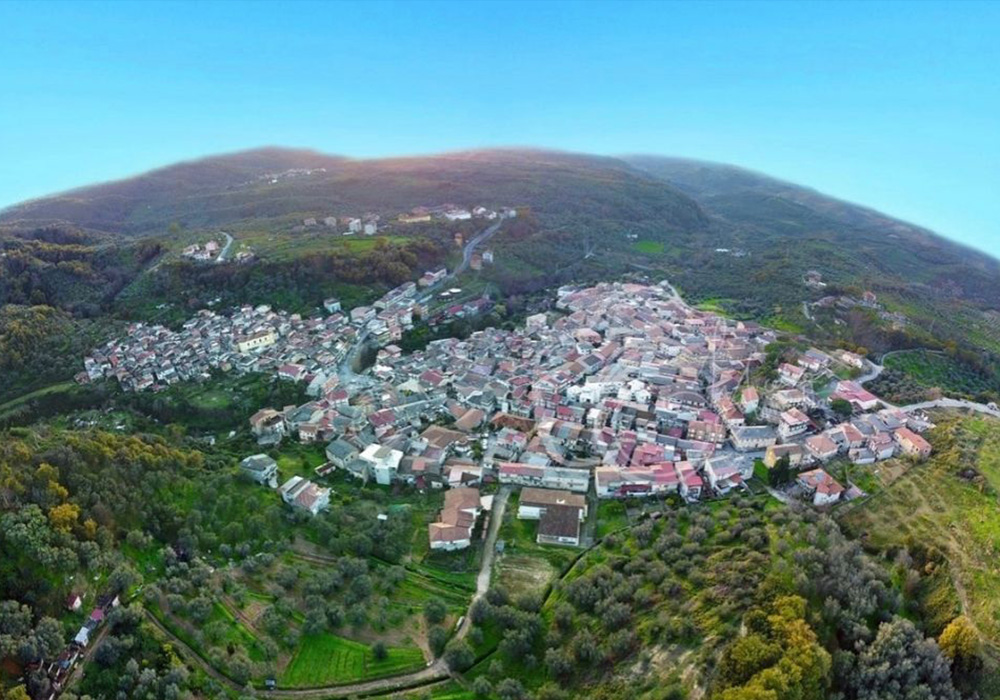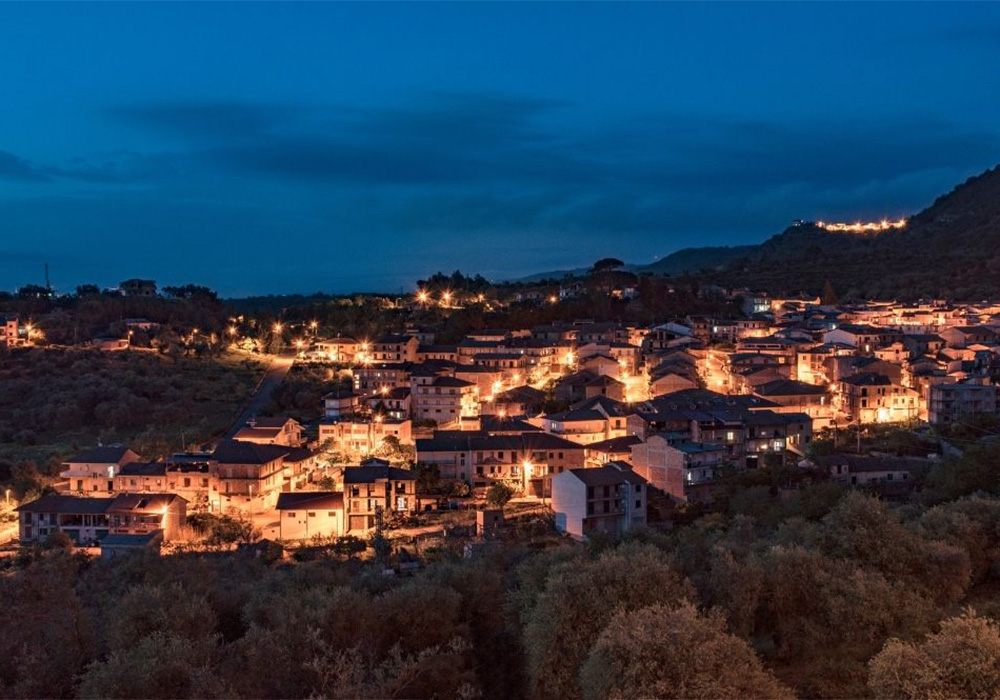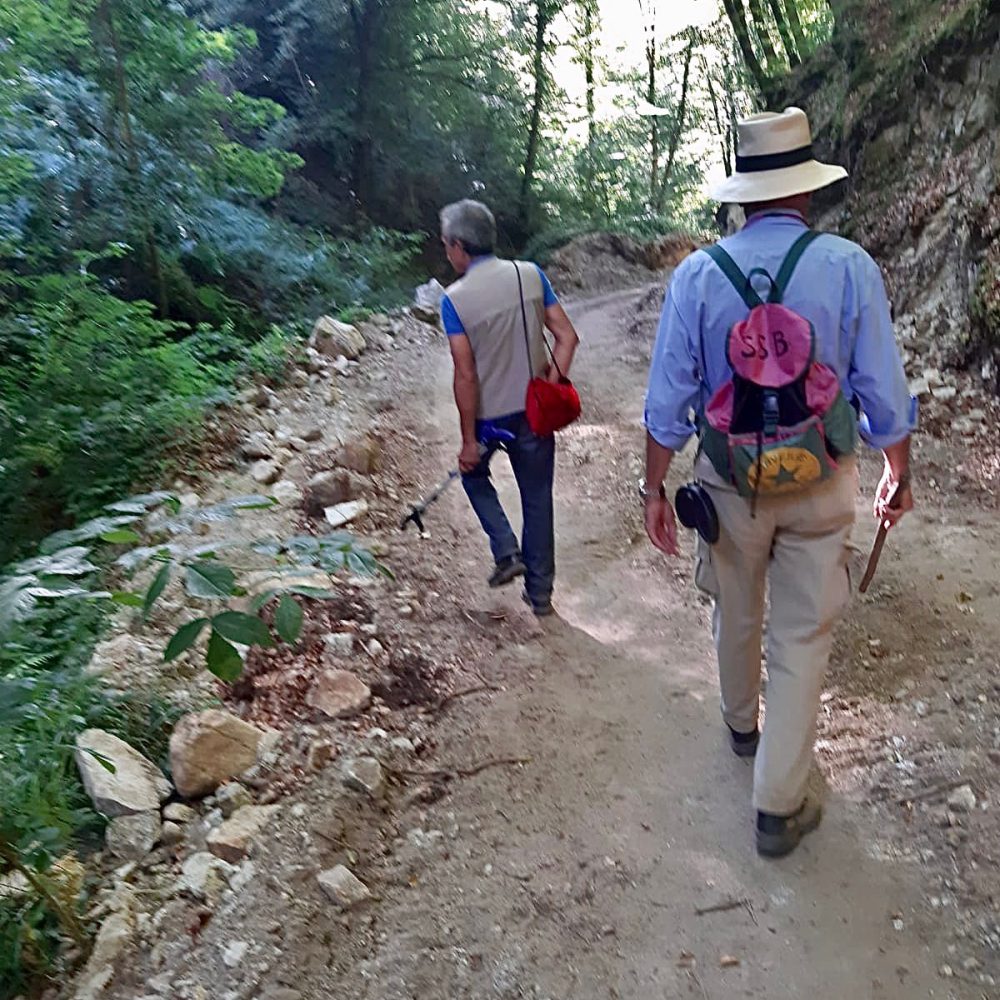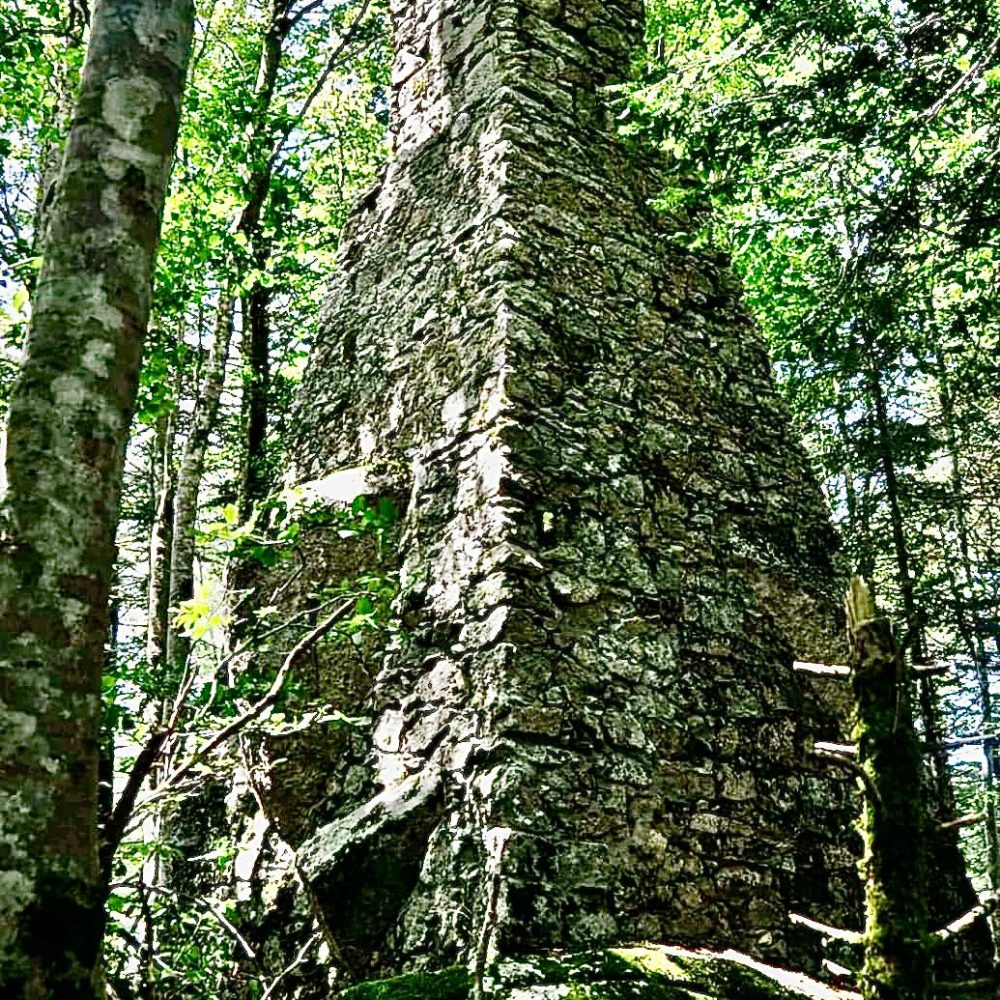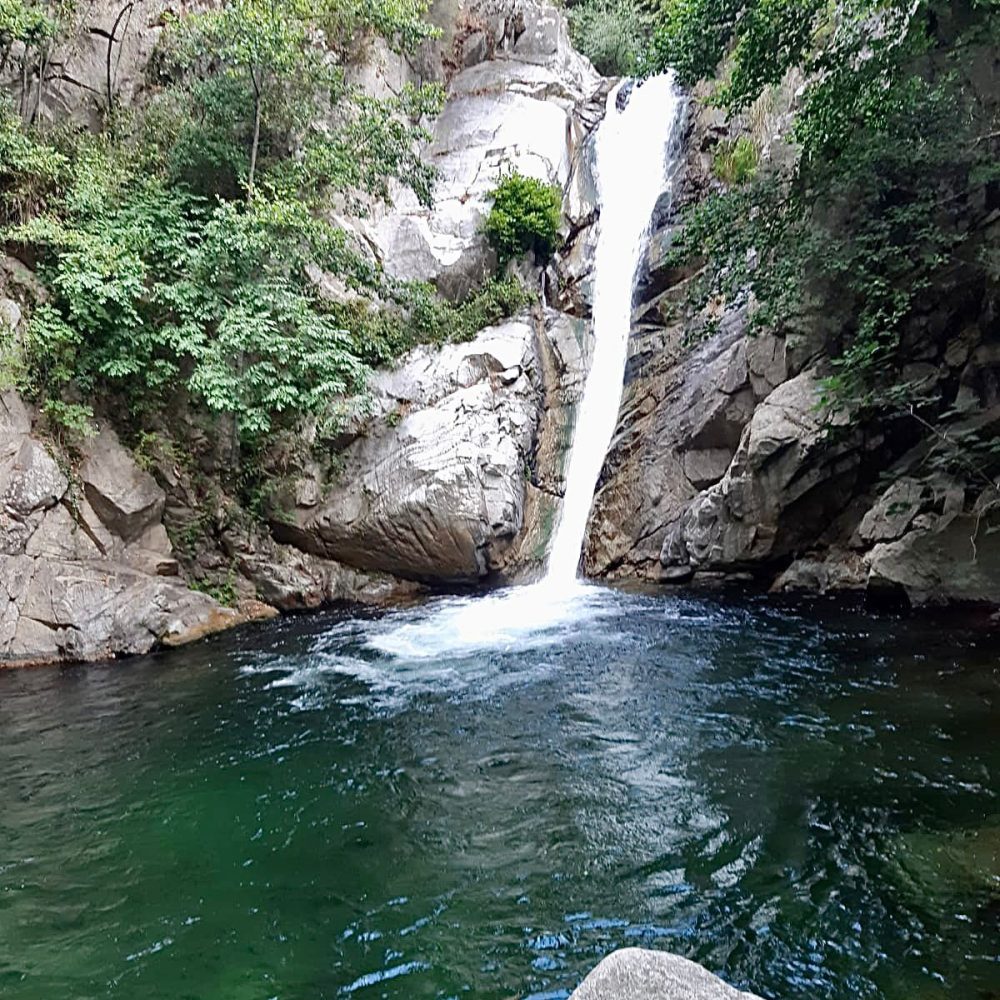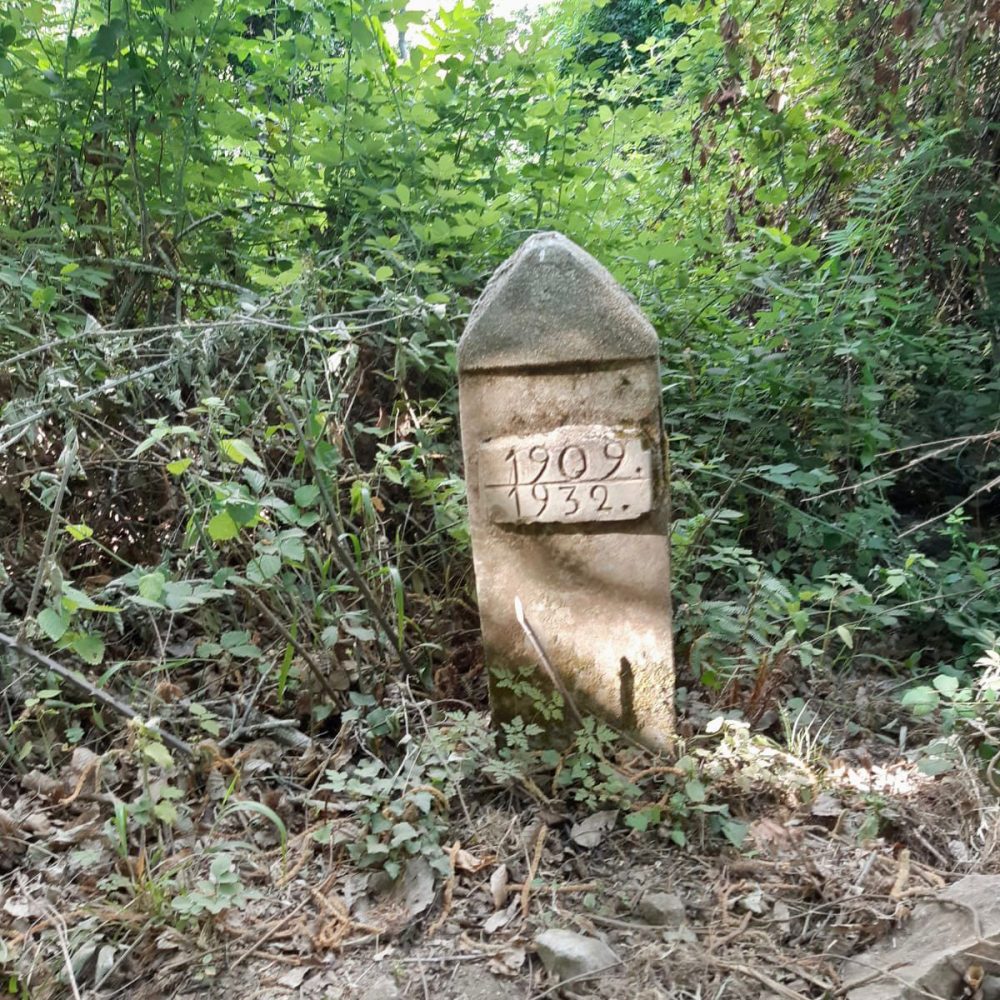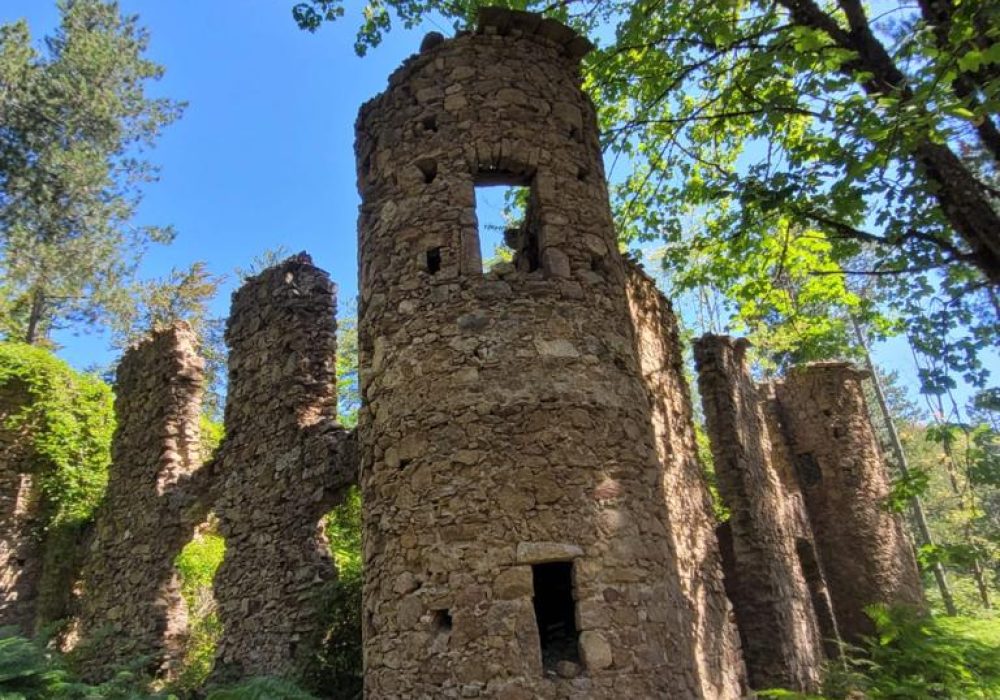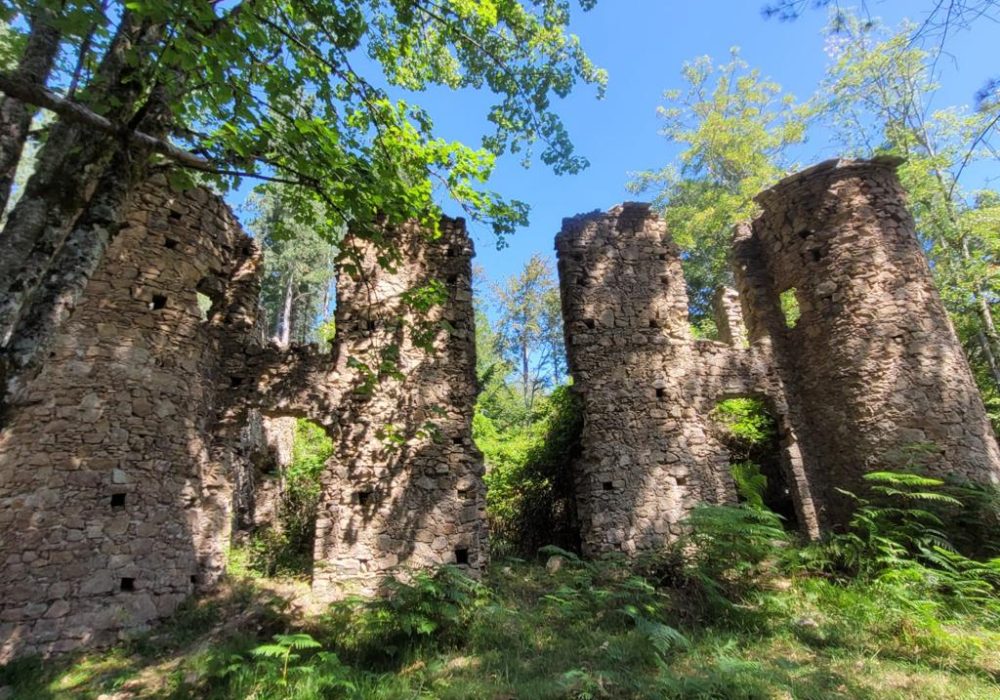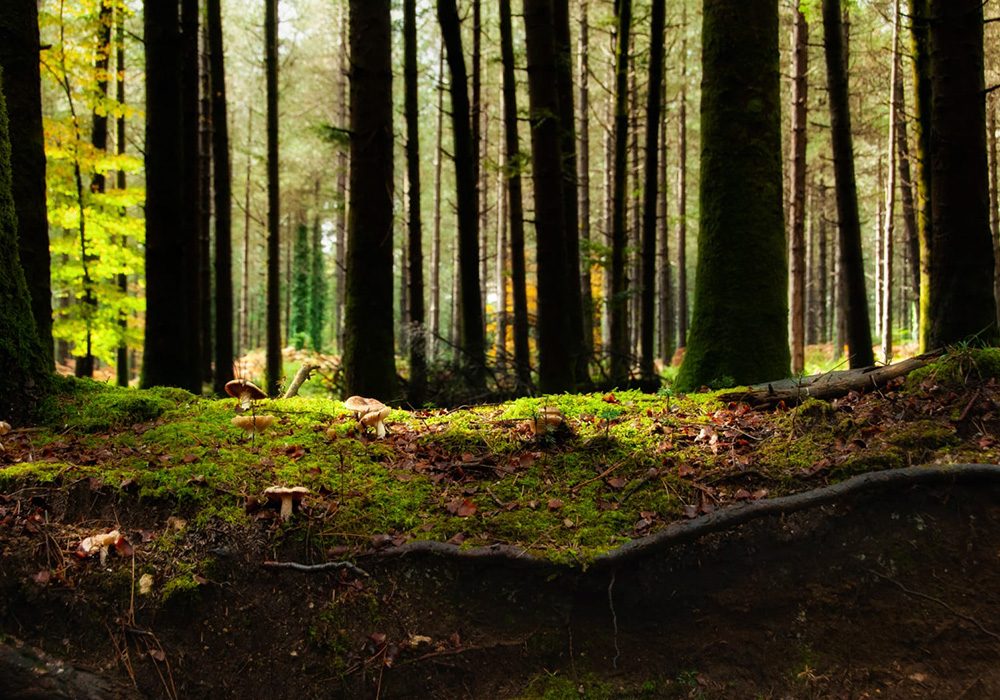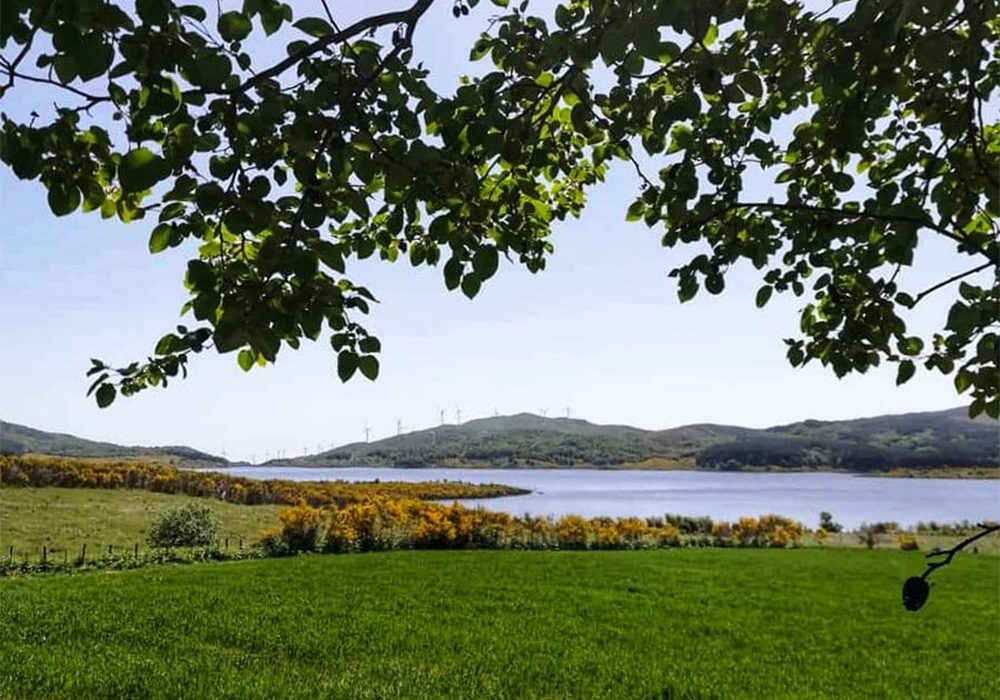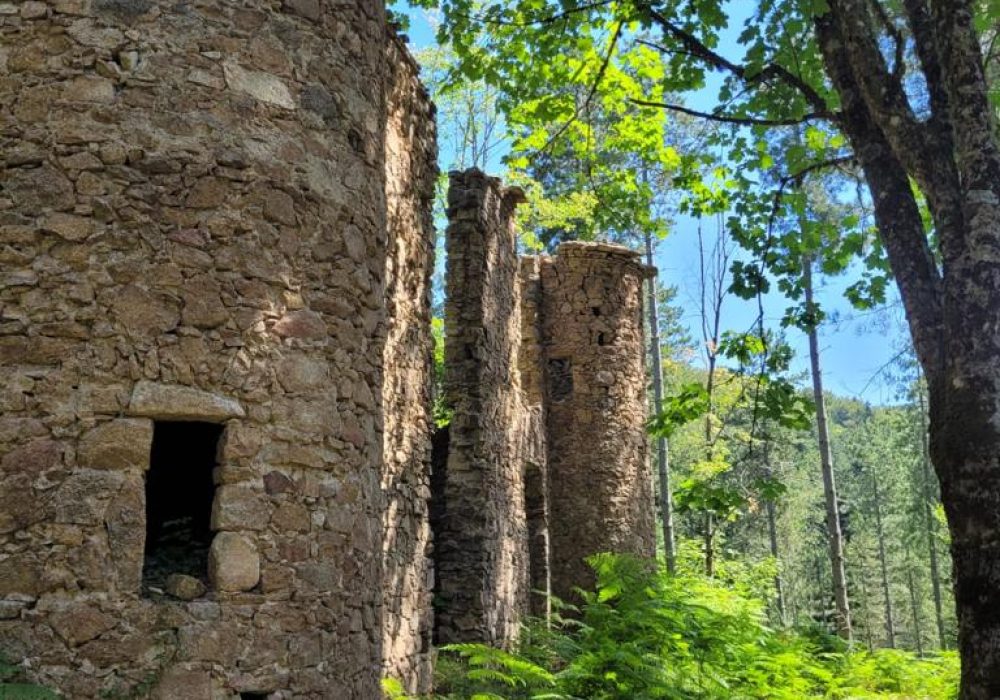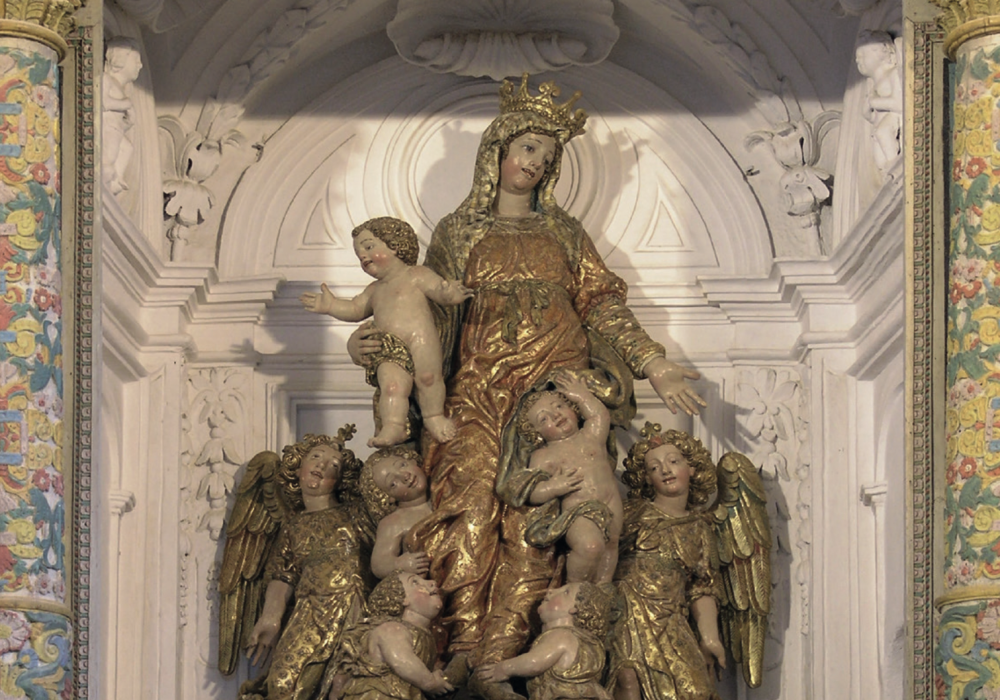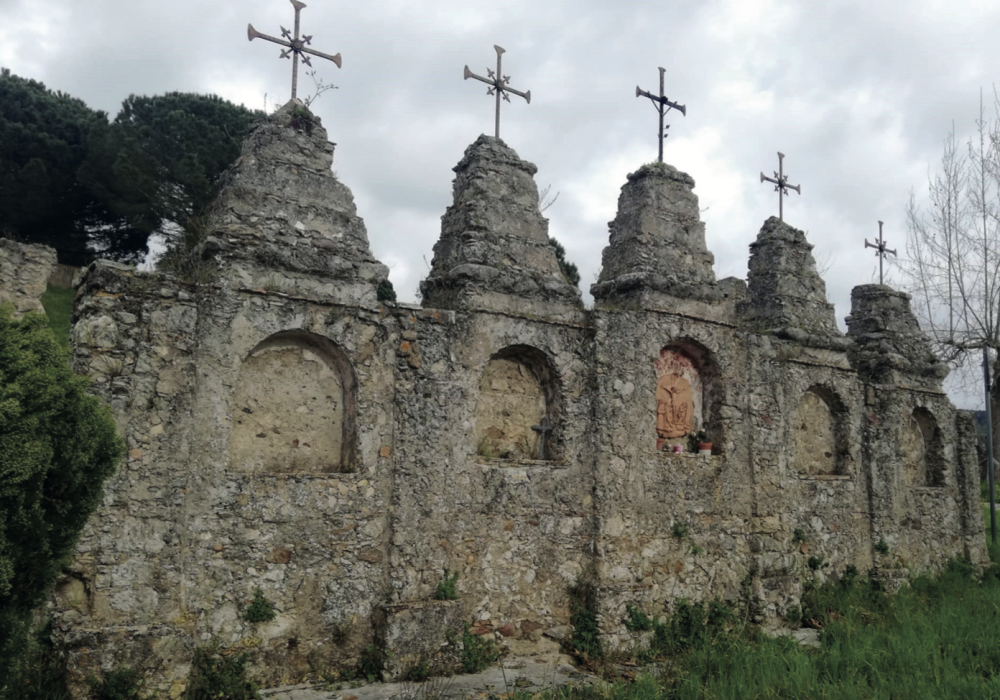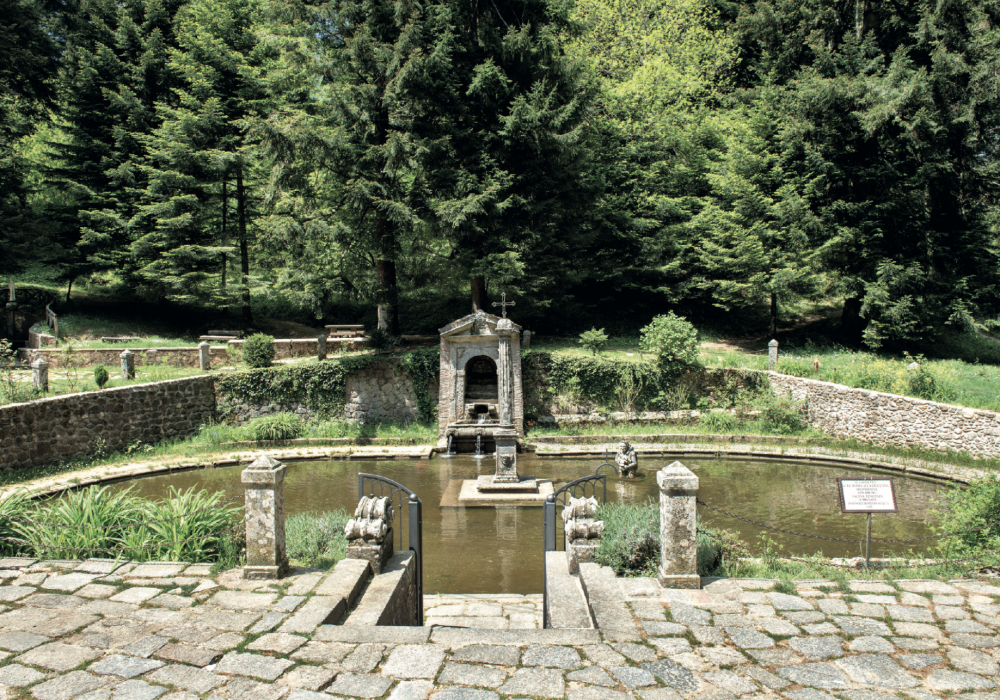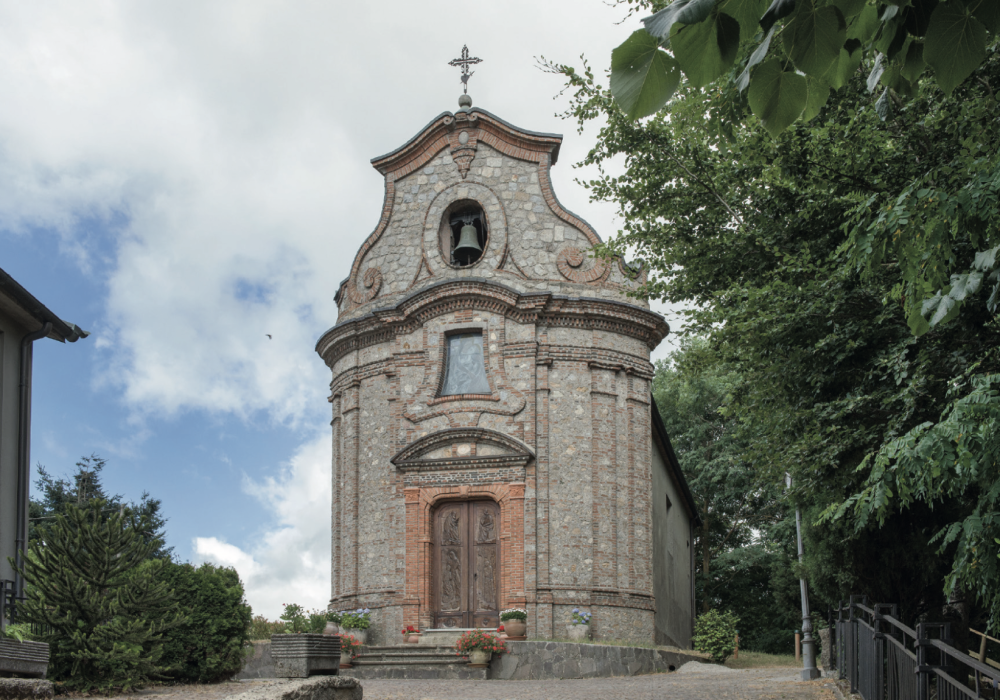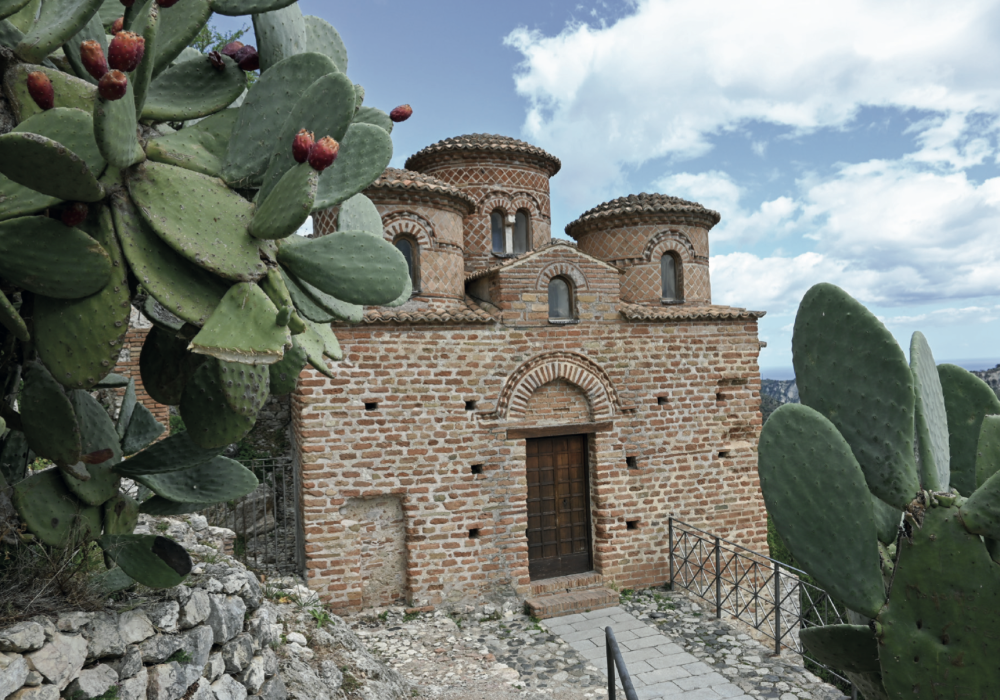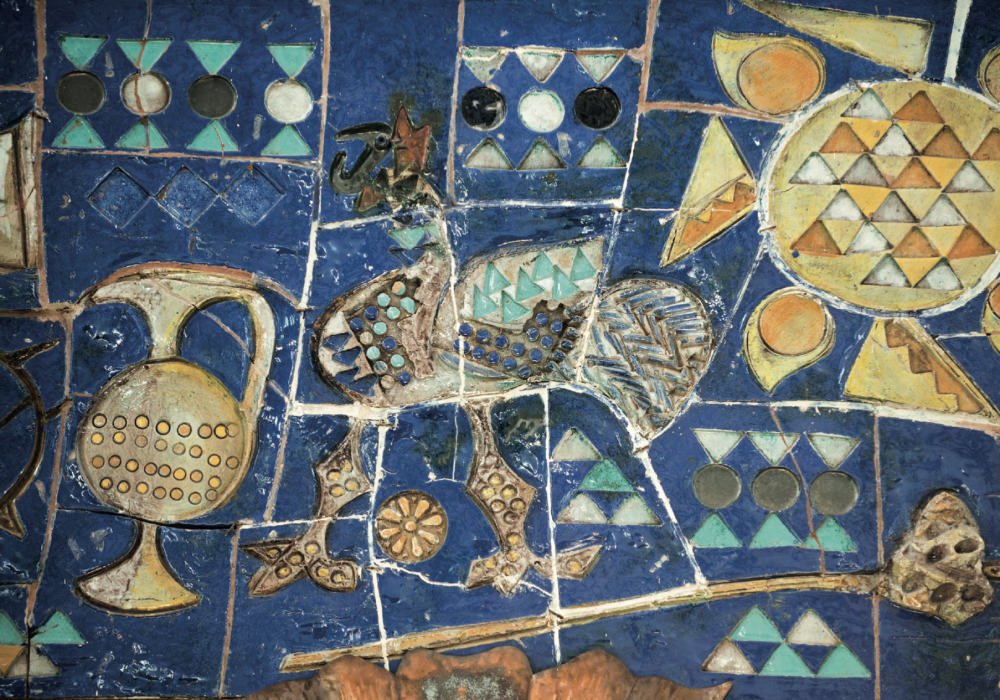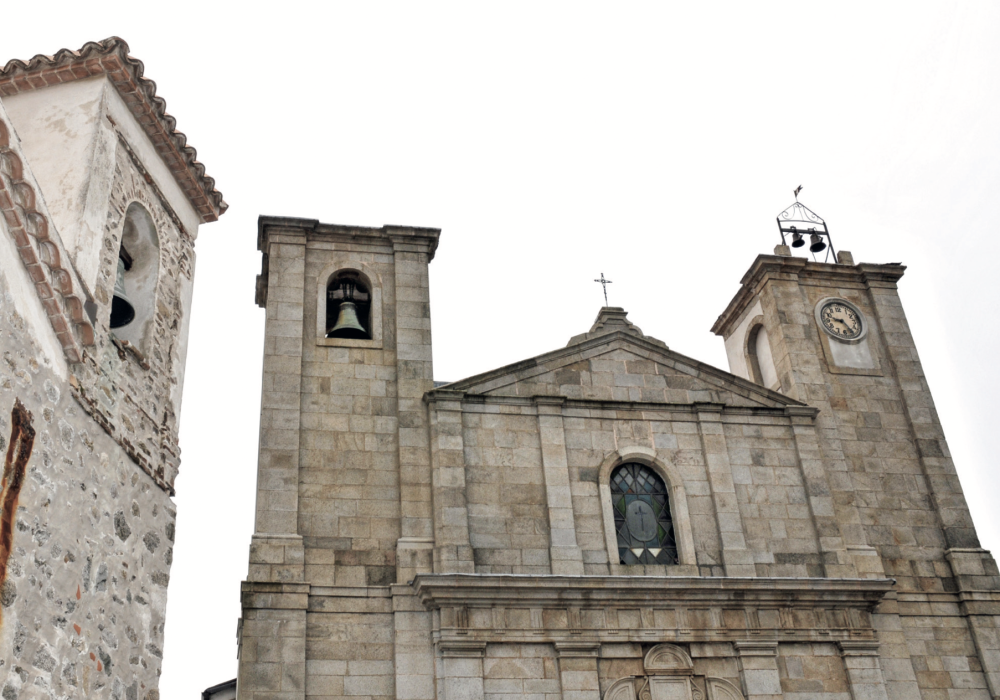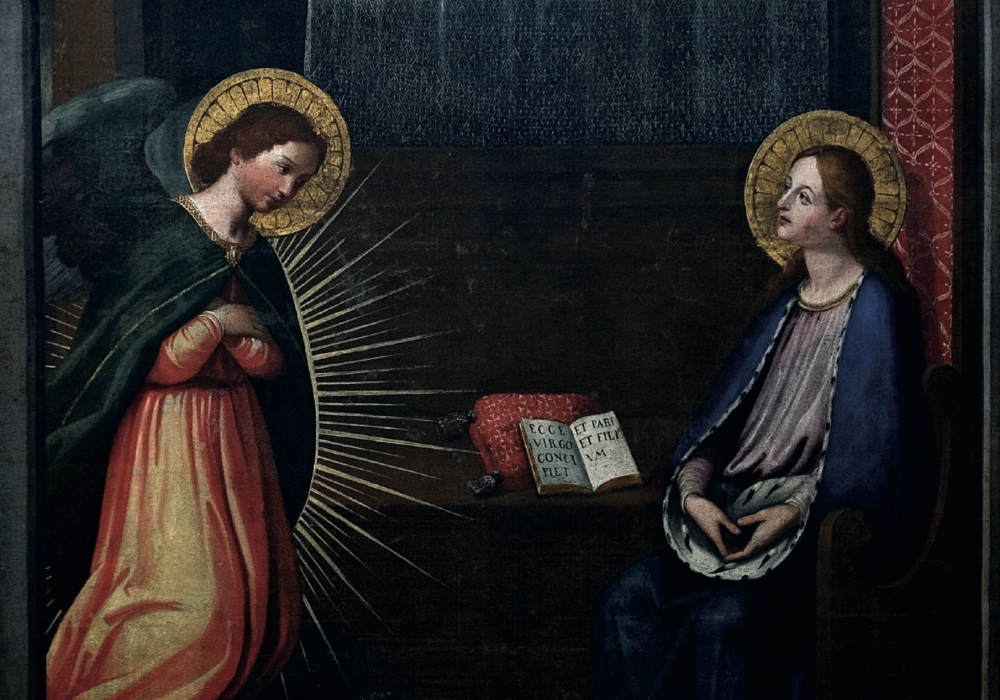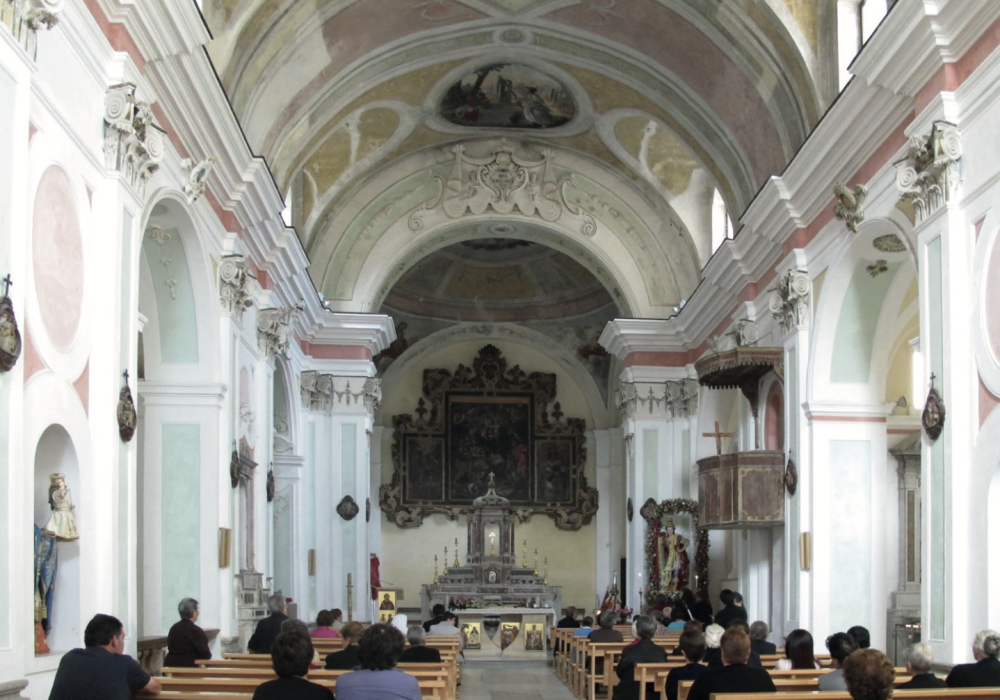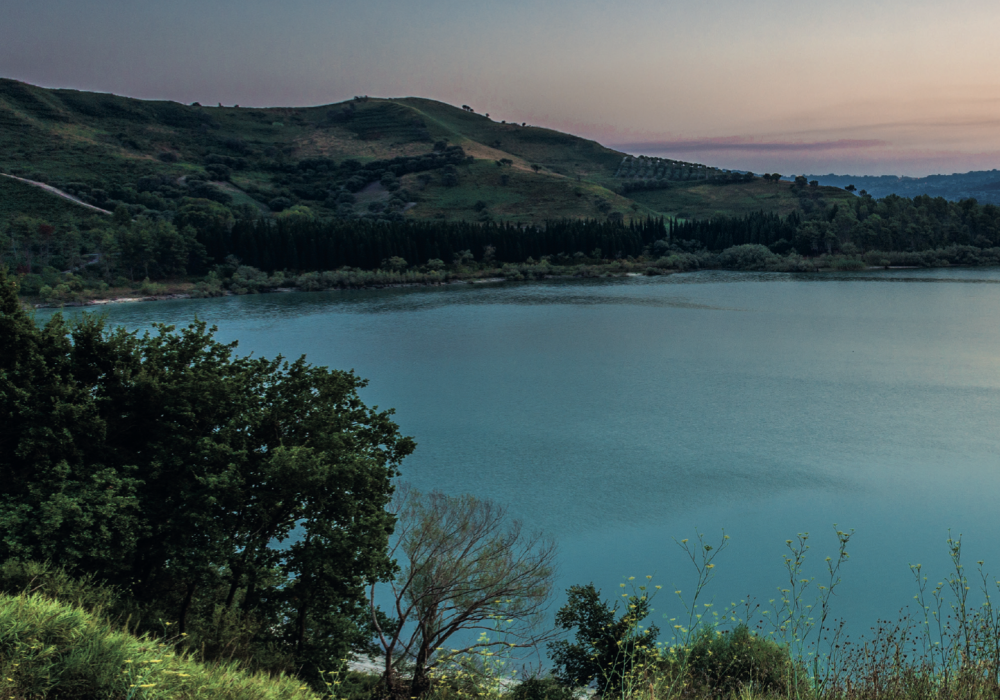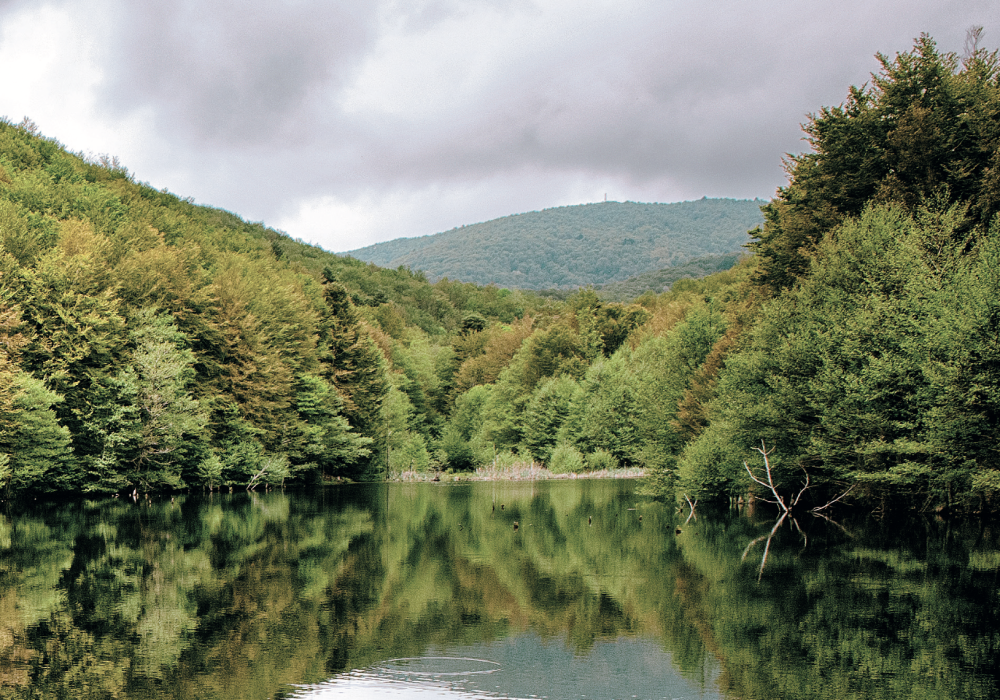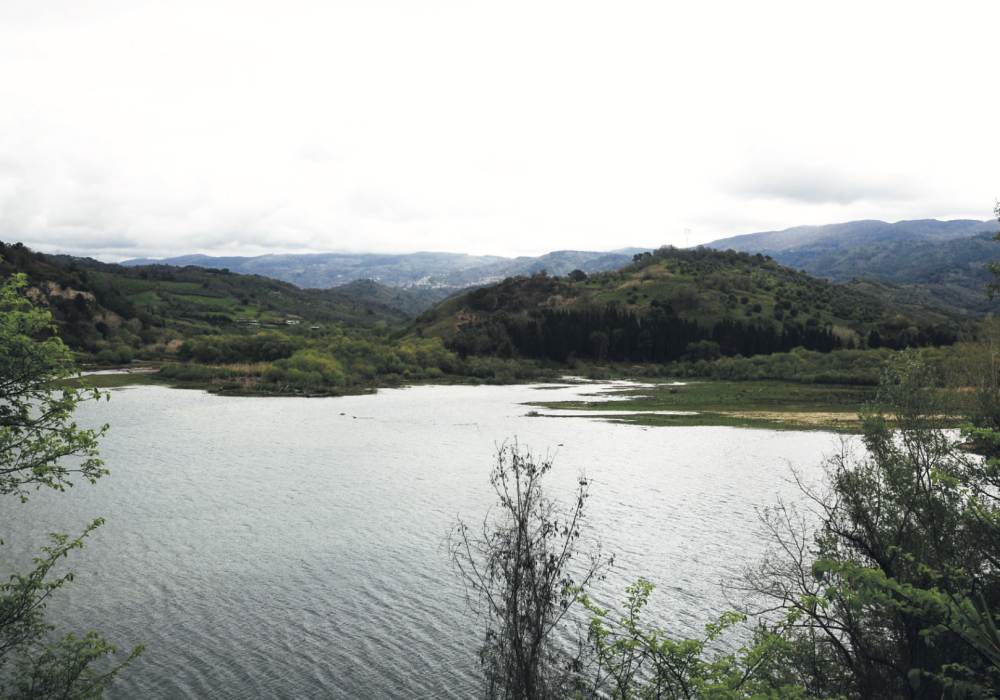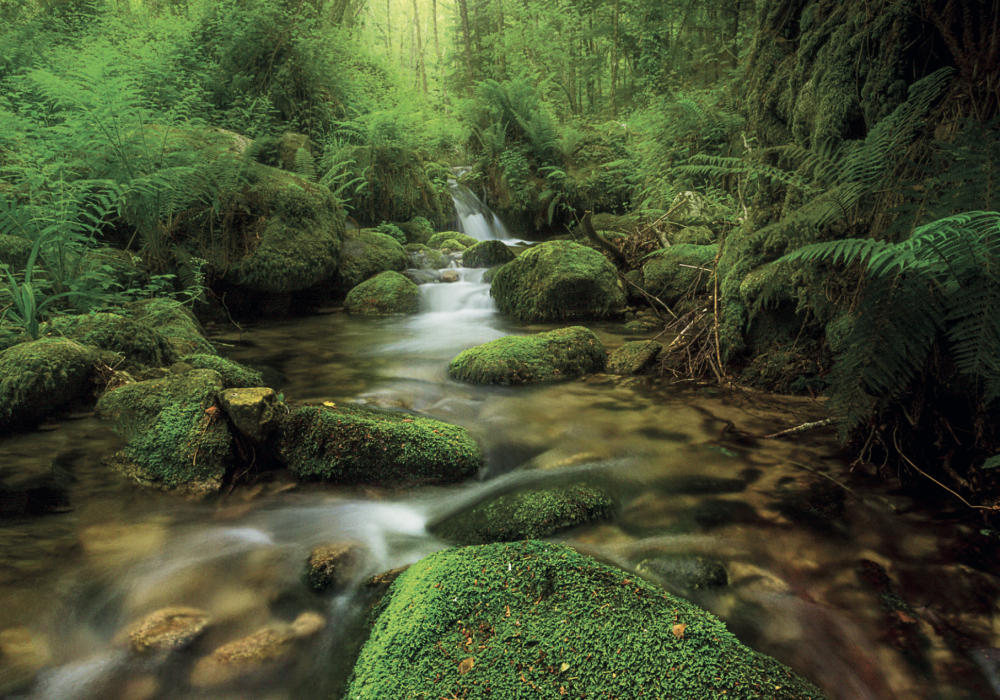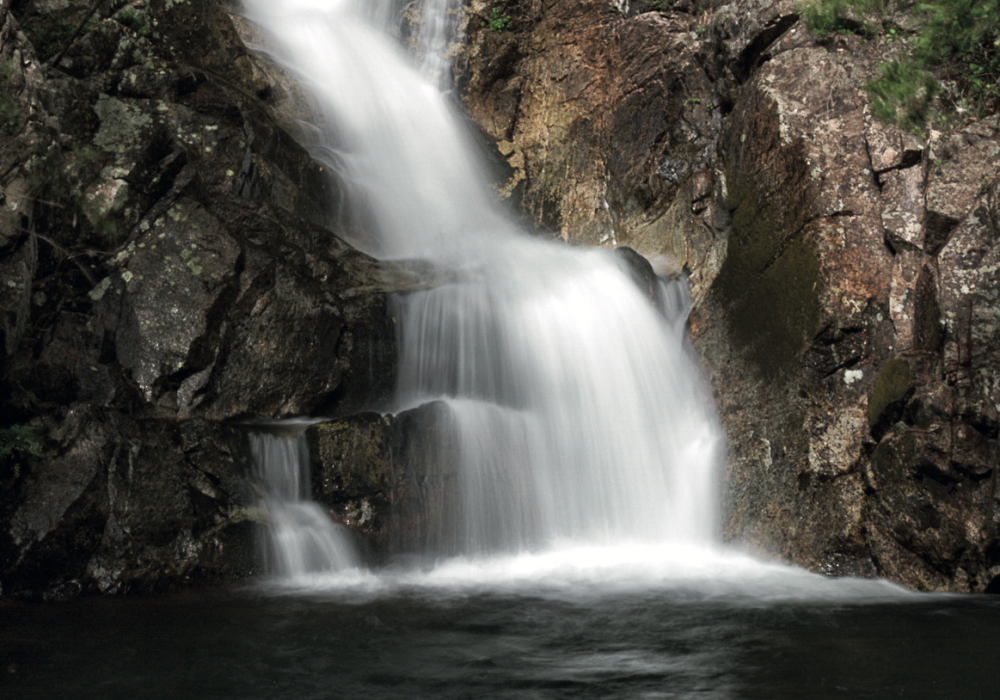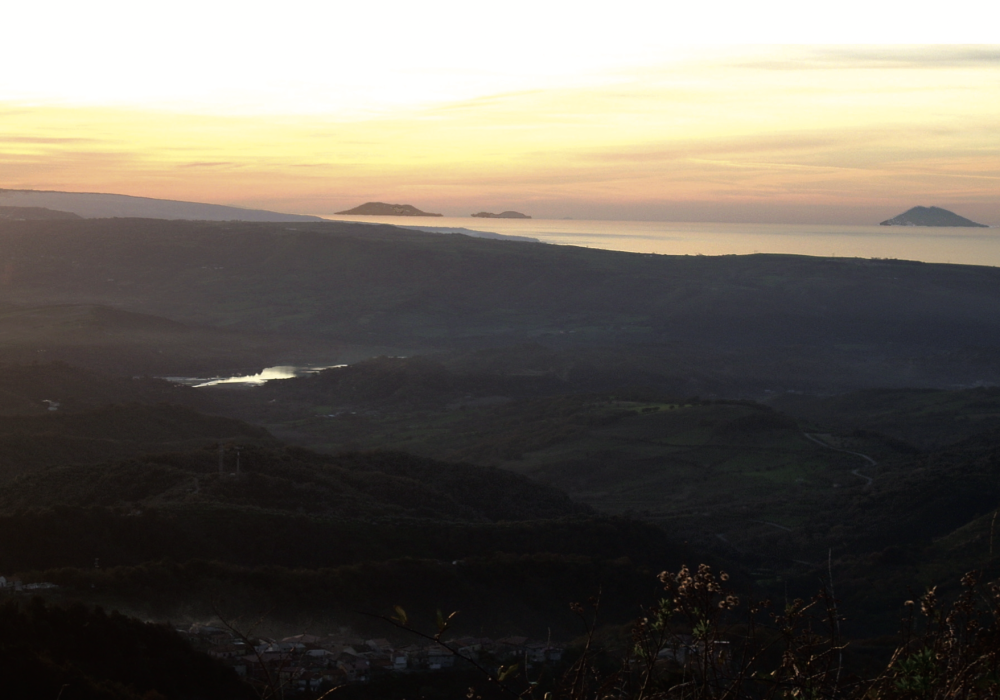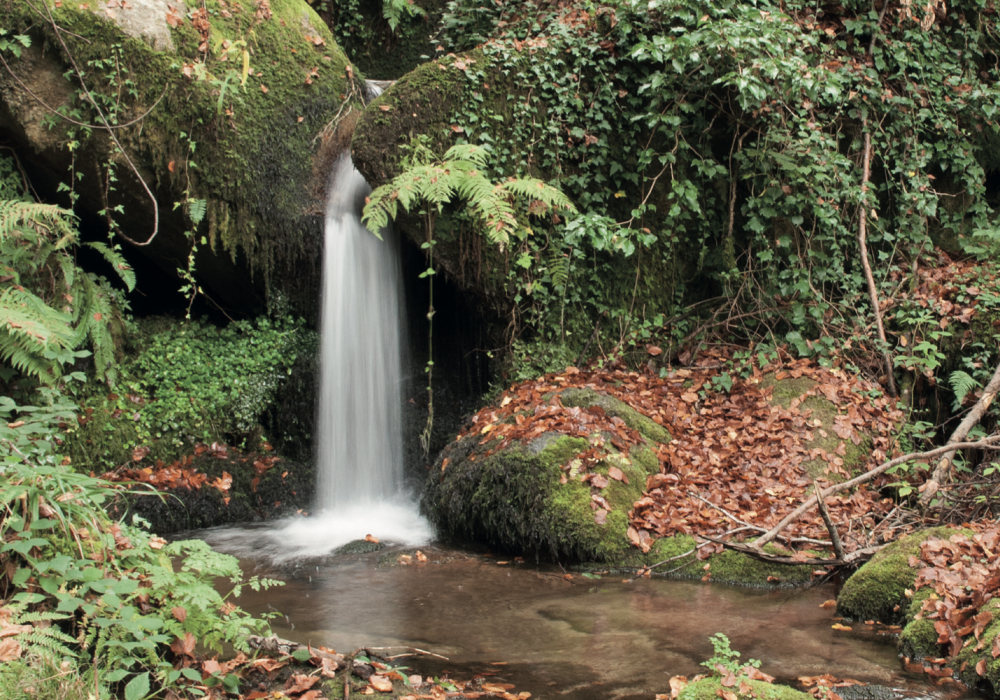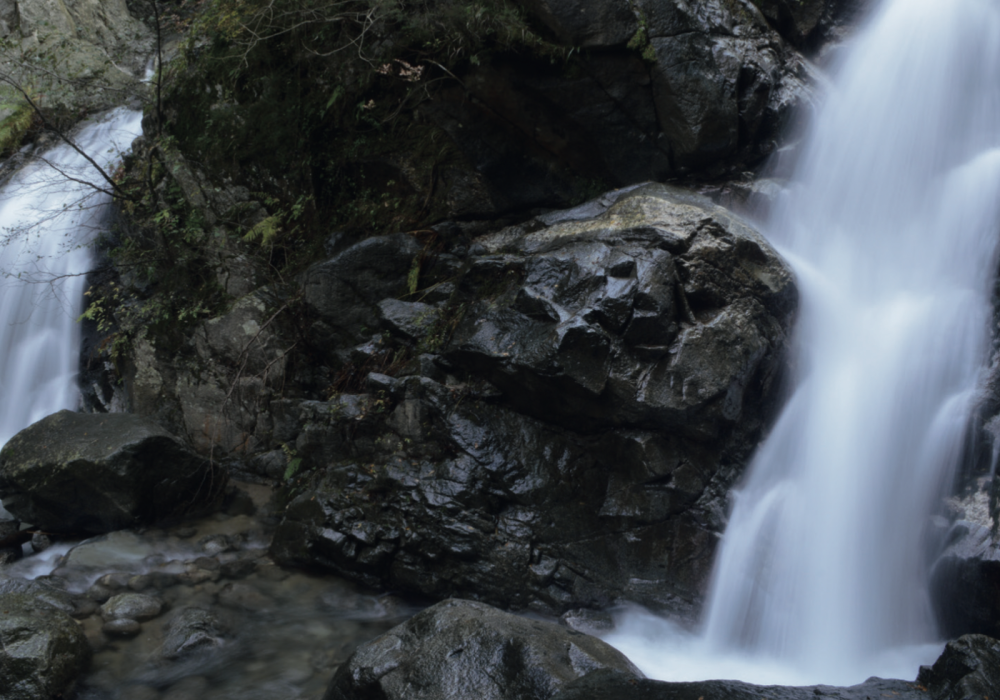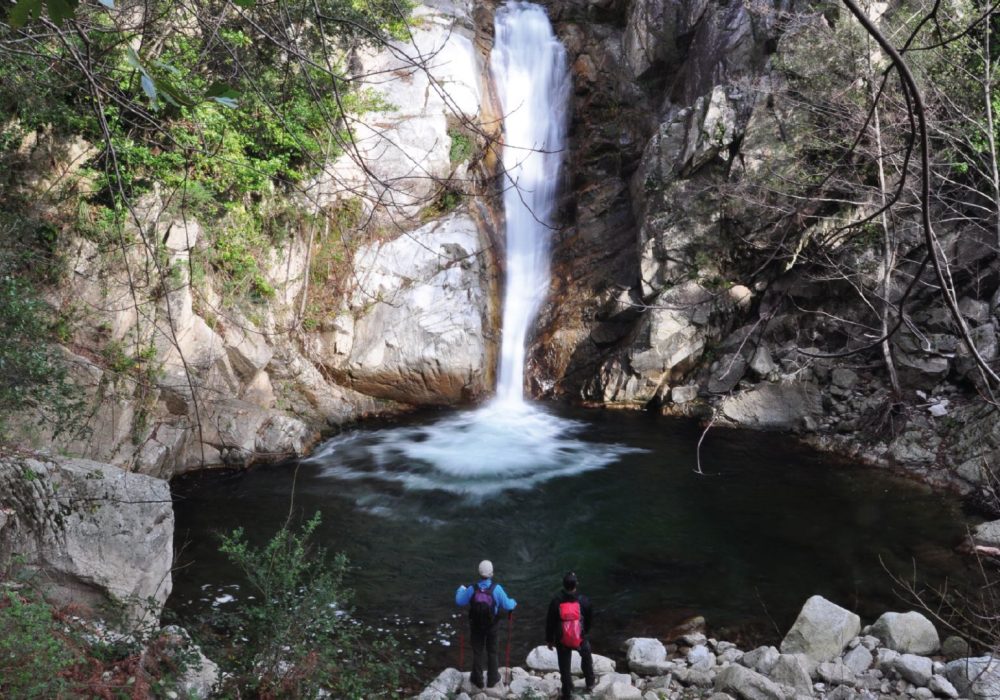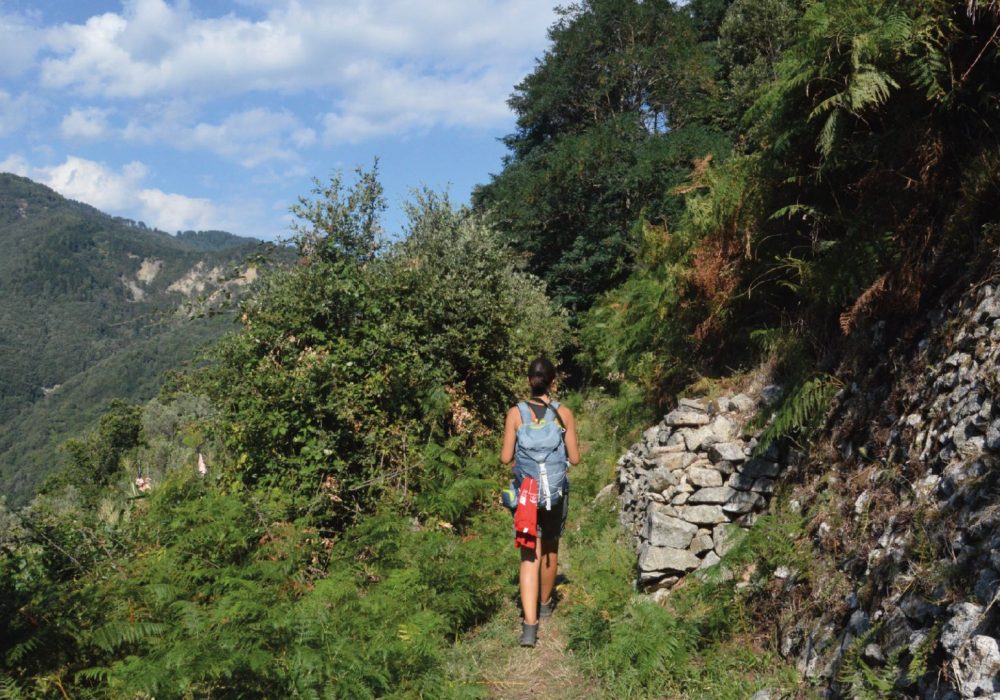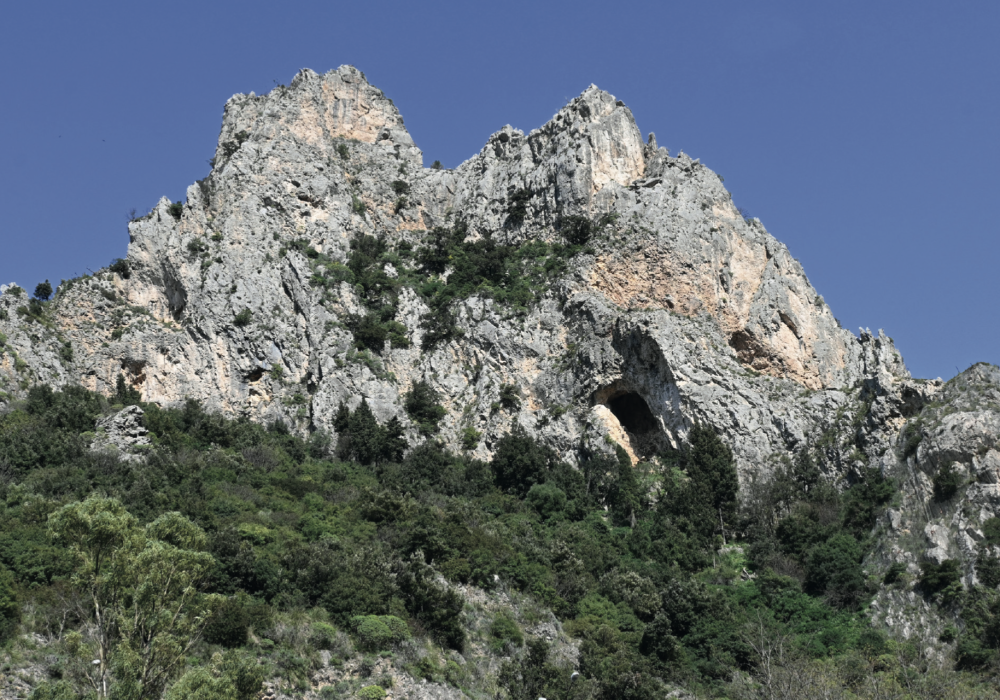Acquaro
The village is known for the salubriousness of the waters that flow there in abundance, recalled by both the toponym of the main town and that of the hamlet Limpidi. The village has ancient origins linked to the vicissitudes of the nearby Arena, of which Acquaro was a hamlet. Here too, as is easy to imagine, the 1783 earthquake struck with great fury, razing to the ground the old village, of whose original appearance only faint traces remain. The Mother Church, whose foundation dates back to the 14th century, is decorated with 19th-century stuccoes and houses some valuable wooden statues. Of particular note are the Madonna Assunta placed in the niche of the high altar, a work by Giuseppe De Lorenzo, son of the better-known sculptor Domenico, a beautiful Saint Anthony of Padua, by the famous Fra’ Diego da Careri, and a Saint Francis of Paola, an 18th-century work attributed by Gianfrancesco Solferino to the sculptor Giovanni Antonio Colicci, of Roman origin but working mainly in Naples and the rest of southern Italy. Also of great interest is an imposing crucifix from a local workshop, which according to the aforementioned art historian Gianfrancesco Solferino can be dated to the first half of the 16th century. The small church of San Giuseppe is worth a stop, where another work by the Calabrian sculptor Diego da Careri depicting St Francis of Assisi can be admired. Wandering around the town centre, it is still possible to find ruins of sacred buildings and dwellings. Acquaro also boasts a lush green area in the Speranza locality.
